Imagine the year is 1894. You are about to embark on a journey to Buffalo on the finest railcars of the New York Central and Hudson River Railroad. Your seat is of the softest plush, the curtains are of silk, and the car’s wood paneling is made of the finest oak and mahogany. At the front of your train is the legendary locomotive 999, the fastest on wheels. Though she once was clocked at speed of 112.5 miles per hour, she’ll likely average around 60 miles per hour on your journey to Buffalo. This is the Empire State Express, and I’d like to welcome you aboard!
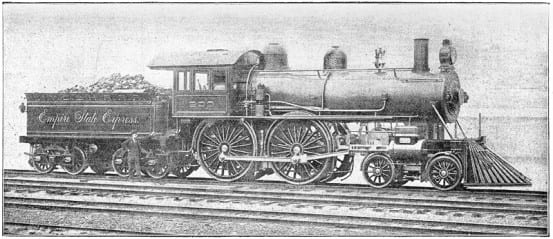
The famous 999, locomotive of the Empire State Express
Similar to the lovely etchings by the American Bank Note Company I shared with you a few weeks ago, (as well as the views of what some of the fancy railcars looked like), today’s little tour is comprised of more views of some lavish train cars, again illustrated by the American Bank Note Company. All of the images depict life on the Empire State Express in the early 1890’s, and they provide a lovely little tour of what trains were like in the golden era of railroading. So are you ready? Let’s go take a look at the Empire State Express.
No fancy train would be complete without a Buffet, smoking, and library car. This car featured movable easy chairs, couches, tables, a writing desk, and shelves filled with books and current newspapers. You’d also find a buffet, also stocked with with wines, liquors and cigars. At one end of the car there was even a shaving room with barber. A designated sleeping car had a saloon on one end, finished in mahogany. The plush chairs could be converted into double beds at night, with partitions for privacy. A compartment car had elegant private rooms with sliding doors, each with a lavatory, hot and cold water, and lit by a gas chandelier.
Not everyone could afford the fancier rooms on the train, and thus would find themself in the passenger coach. Seating a maximum of 76, the passenger coach had a bathroom at each end, one male and one female. Seats were richly upholstered with spring backs. Although not the height of elegance, compared to the private rooms on the train, the coach was still trimmed in mahogany and had large windows and gas chandeliers. On the flip side, for those well-to-do folks that had the money and weren’t afraid to flaunt it, there was also a private Wagner Palace car available. Able to accommodate 6 to 16 people, it featured a sleeping area, pantry, kitchen, and, of course, quarters for the servants.
One of the most important cars on the train was the dining car, which could serve up to 30 people at a time. It contained movable leather chairs, and there were five tables that could accommodate four people, and five more tables for couples. The kitchen contained all the newest appliances, and all meals were 1 dollar each. Finally, at the end of the train was an observation car. Similar to the drawing room car, it contained a parlor, smoking room, and bathrooms. The rear end of the car was paneled in glass, providing a lovely vantage point for the journey up the Hudson River and beyond.
The Empire State Express may be long gone, but the 999 engine is still “alive and well” – as anyone who has visited the Museum of Science and Industry in Chicago certainly knows. The museum is definitely one of my favorites, and I always love to visit whenever I’m in the windy city. After leaving service the 999 traveled around the country for all to get a glimpse of it – even making an appearance on the Harlem Line at Chatham. The legendary locomotive finally arrived in Chicago in 1962, and a formal ceremony was held on September 25th where New York Central president Alfred Perlman presented the 999 to museum president Lenox Lohr.
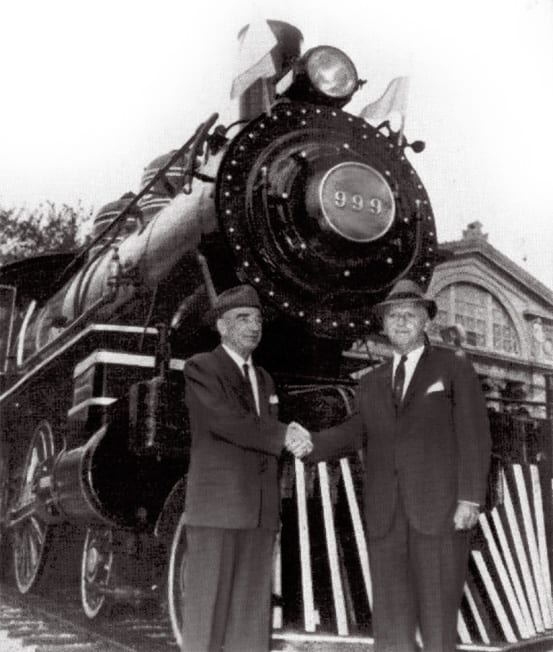
Museum president Lenox Riley Lohr accepts the donated Empire State Express 999 from New York Central president Alfred Edward Perlman. Photograph from the December 1962 edition of the New York Central Headlight.
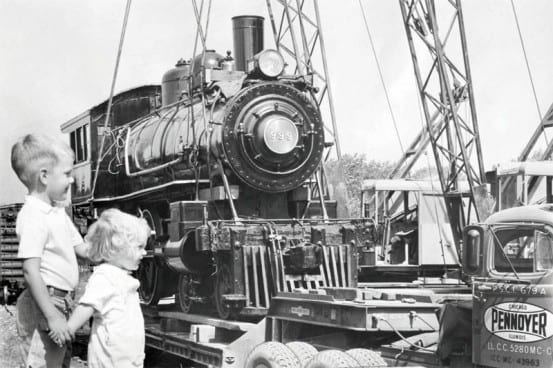
The 999’s first move to Chicago, after it was donated by the New York Central to Chicago’s Museum of Science and Industry in 1962. [image source]
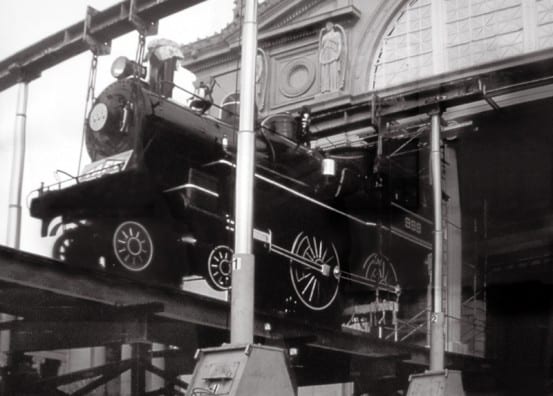
Empire State Express 999 being moved inside at the Chicago Museum of Science and Industry. After arriving in 1962 the 999 was exhibited with two other trains outside the museum until 1993. The Pioneer Zephyr was also brought inside the museum a few years later. The final of the three, the million-pound Santa Fe locomotive 2903, was donated to the Illinois Railway Museum.
When I was in Chicago a few months ago I visited my old friend the 999. The “Queen of Speed” is doing quite well, and is visited by more than 1.48 million people a year. Although she’s not pulling the fancy railcars of yesteryear, she is at least well-loved at the museum.


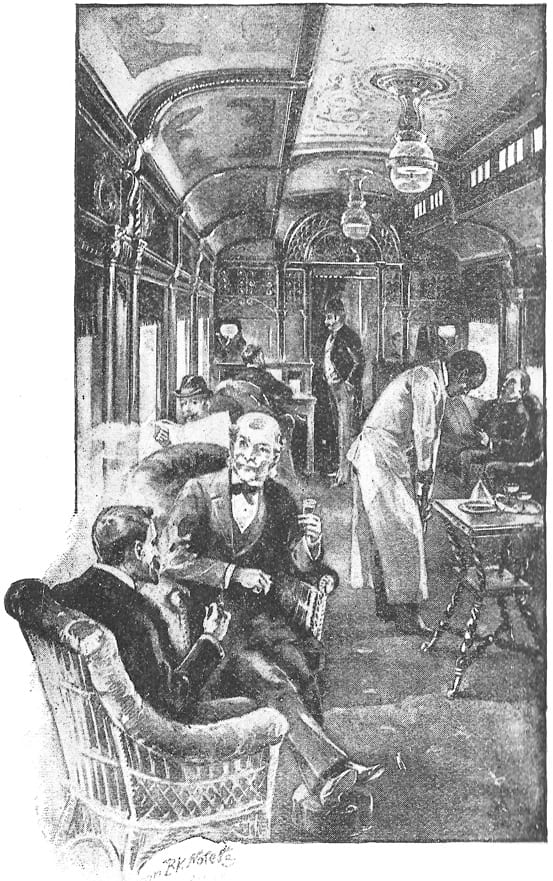
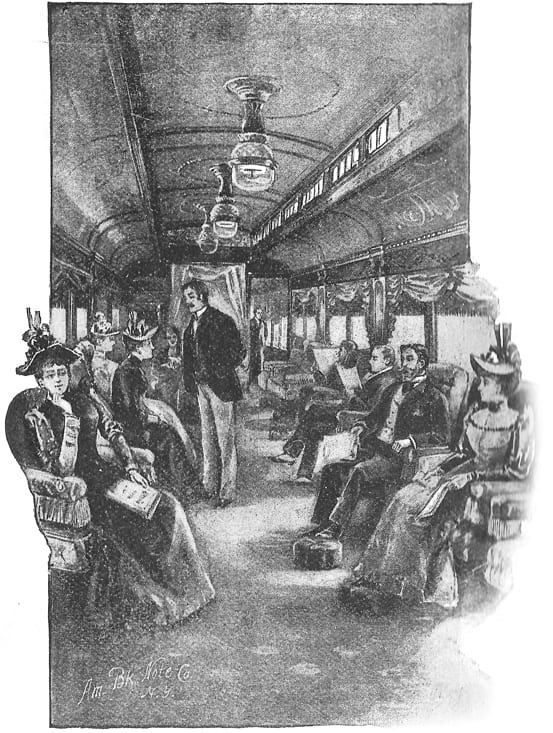
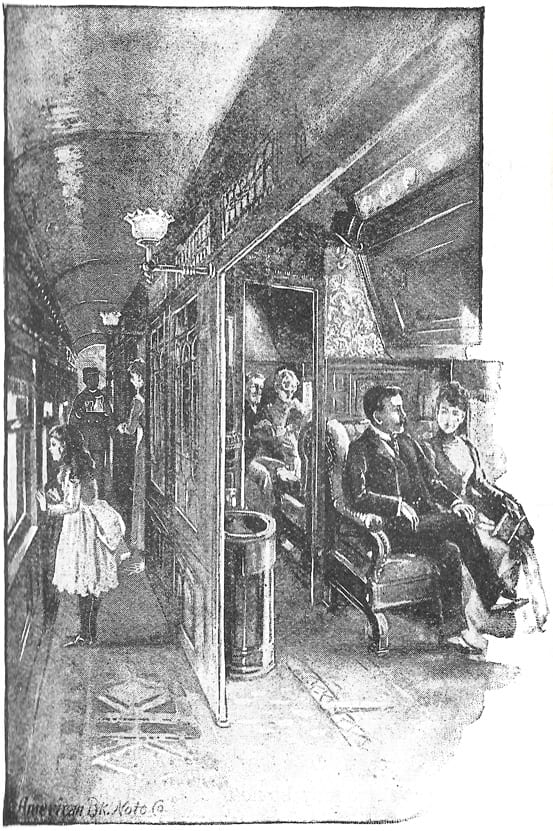
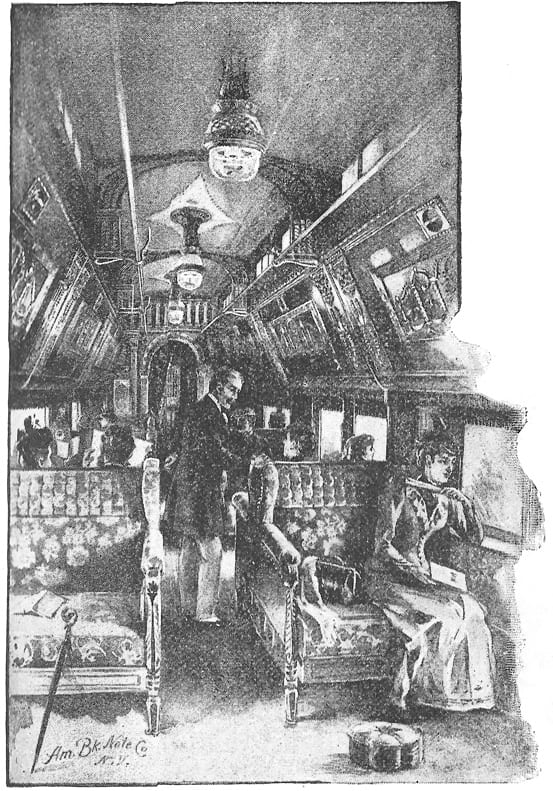
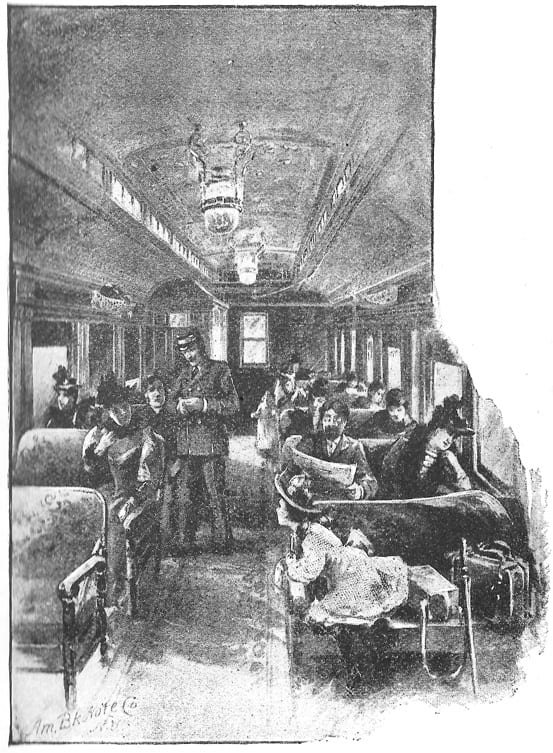
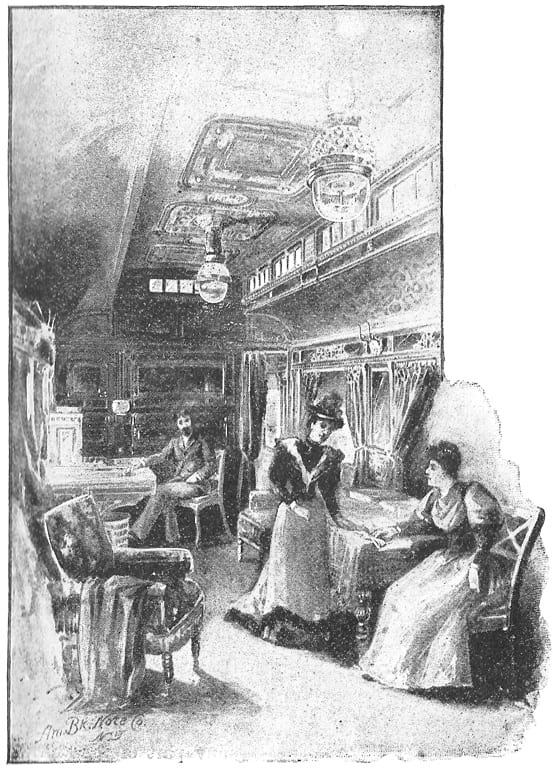
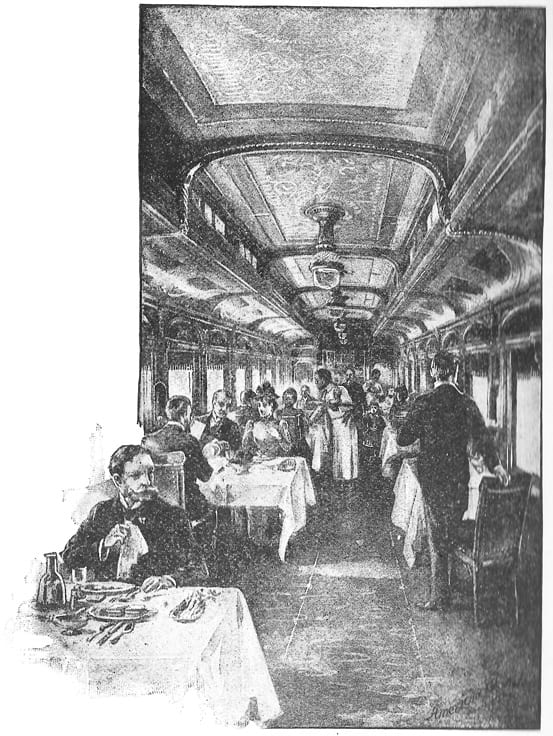
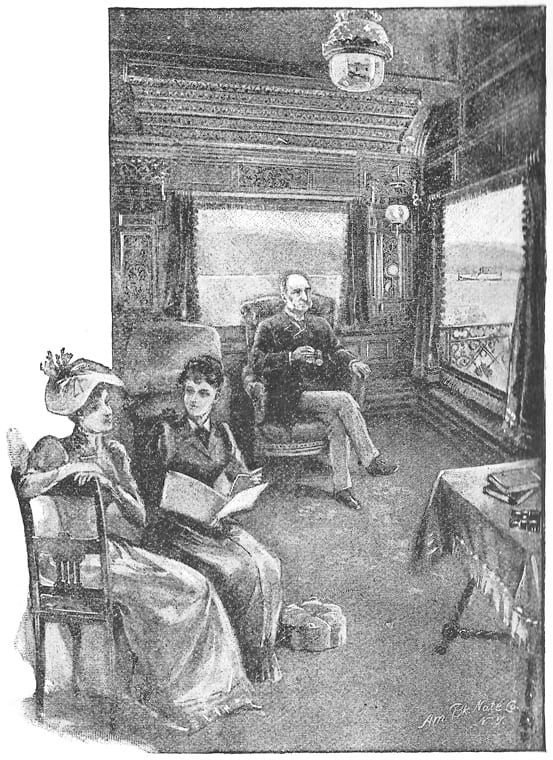
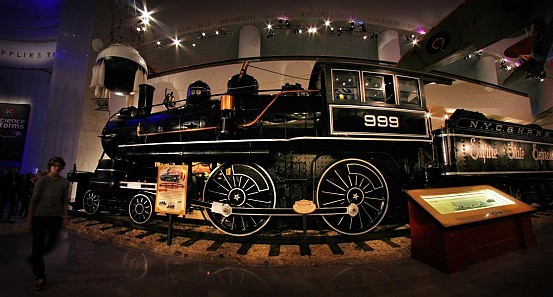
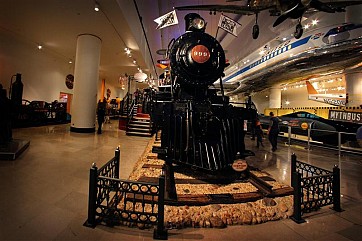
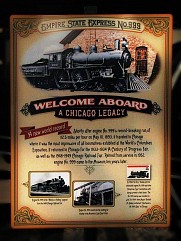
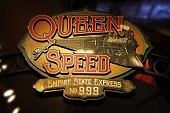
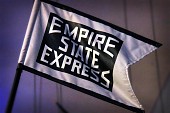
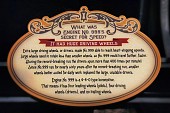
Wonderful illustrations! The name “Empire State Express” was used by the New York Central for other fast express trains after the 999 and its kin were retired. In fact, the New York Central re-equipped the ESE with all new Budd stainless steel streamlined coaches and streamlined Hudson steam locomotives… Unfortunately, the debut of this new train was upstaged by another event that took place on the same day, December 7, 1941. In an odd twist, some of those coaches from the 1941 debut were acquired from Metro-North in 1987 and preserved and operated by the Rochester & Genesee Valley Railroad Museum in Rochester, NY!